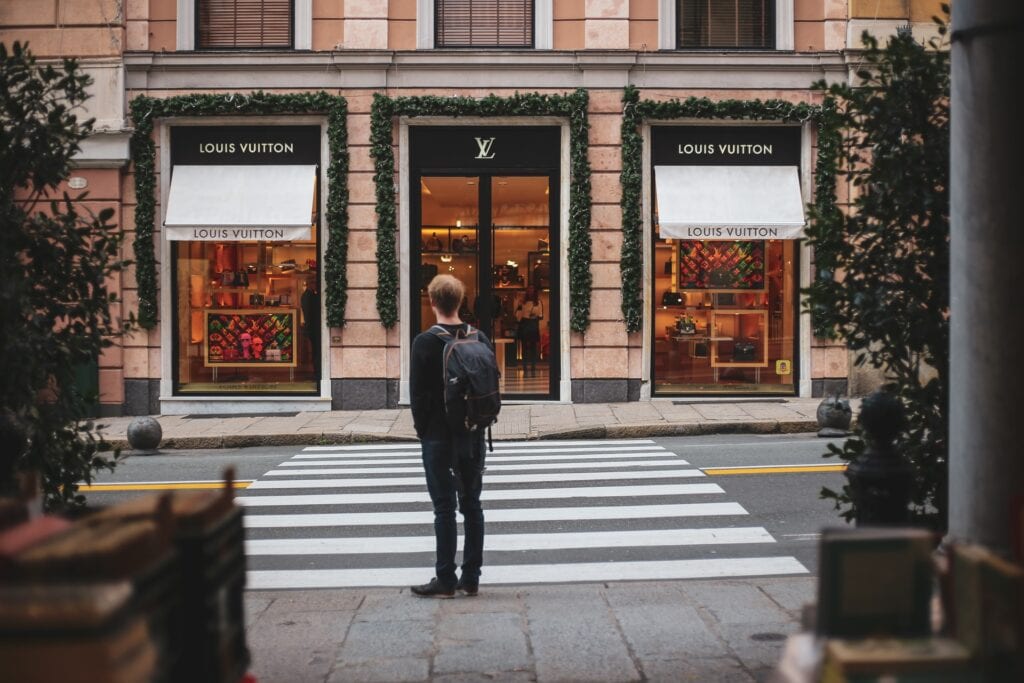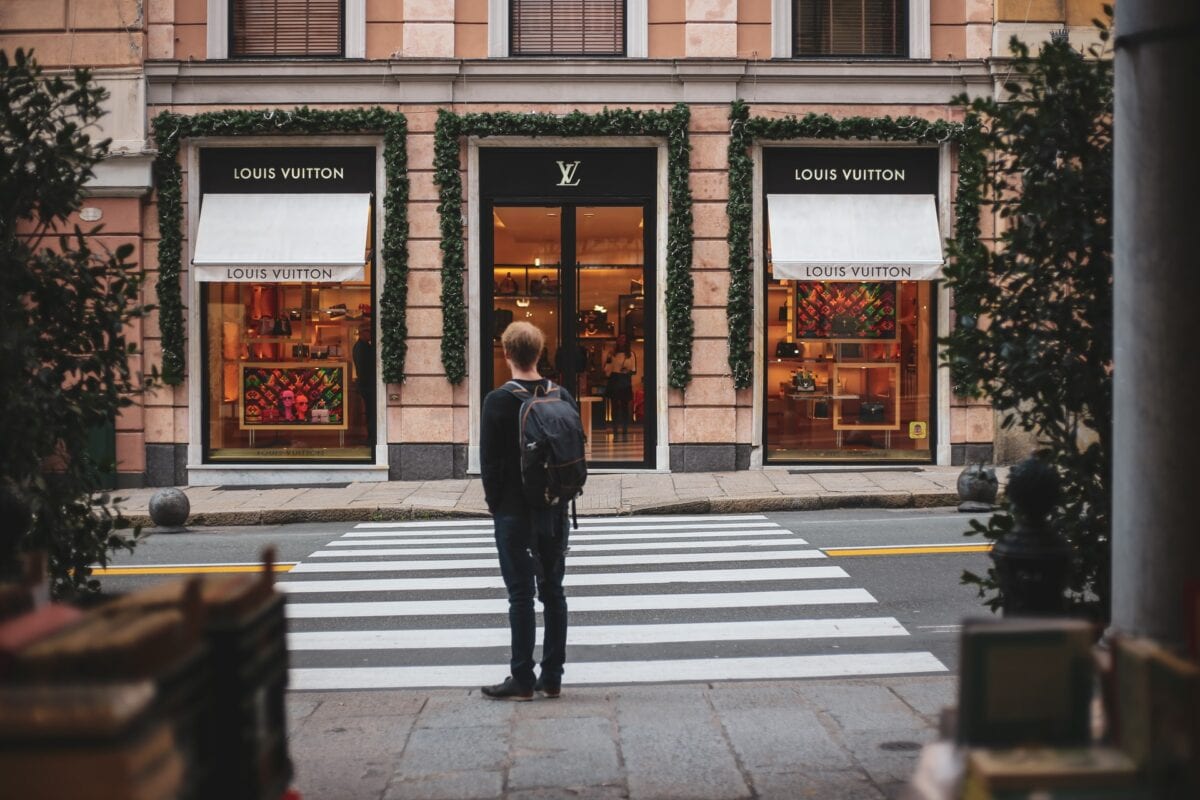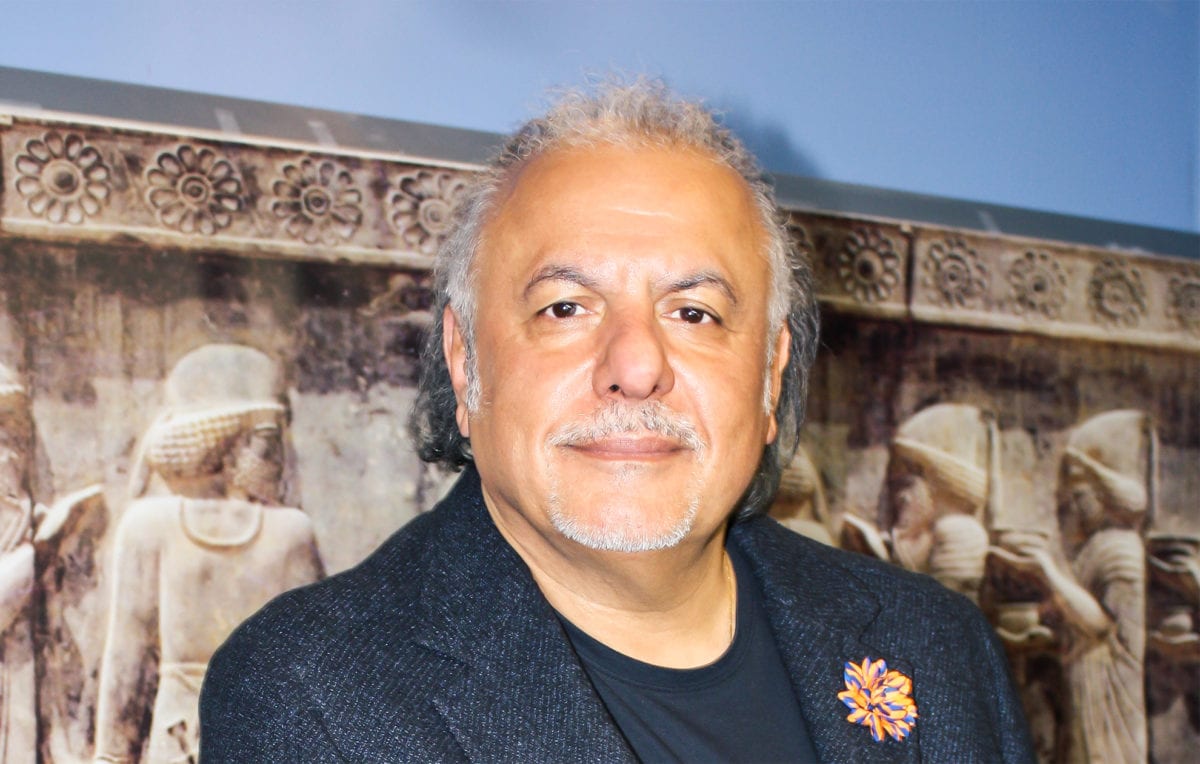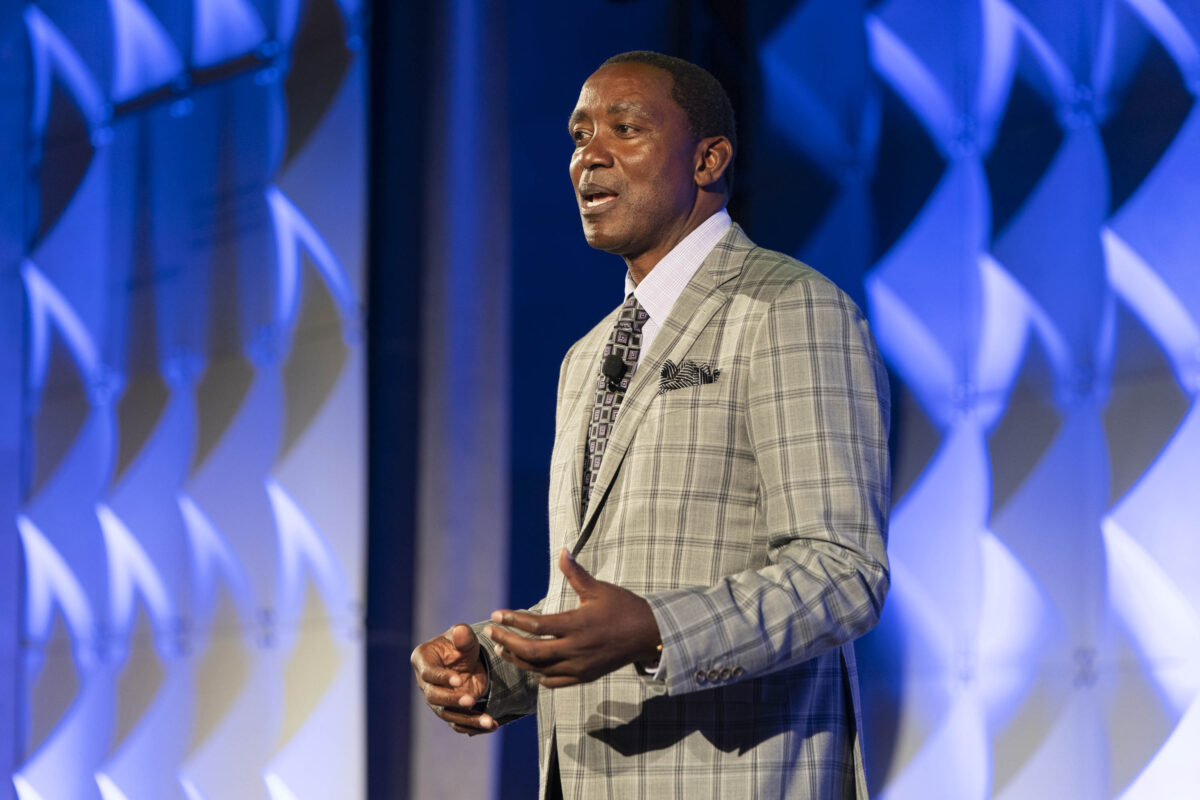
Profits for luxury brands appear poised to continue to rise over next decade, including at brick-and-mortar stores.
Growth in New Markets
You might have heard that luxury brand purchases are on the decline and that consumers are indulging in fewer products from high-end companies such as Hugo Boss and Coach, Inc. That may have been the case in 2016, when volatile currency rates, political instability, and terrorism fears had consumers staying home and spending less, but many luxury brands like Gucci, Estee Lauder, and Louis Vuitton saw increased sales in 2017. And according to the latest edition of Bain & Company’s Bain Luxury Study, 2018 is shaping up to be another great year.
The report concluded that luxury spending on things like cars, clothing, and travel make up more than 80% of the total luxury shopping market. In fact, sales of luxury goods grew 5% in 2017, and saw some $1.8 trillion spent on brands like Luxottica Group (Ray-Ban), Swatch Group, and L’Oreal Luxe.
According to Deloitte’s Global Powers of Luxury Goods 2017 report, composite year-over-year sales growth for luxury goods reached 6.8%, with aggregate net sales growth for the top 100 luxury companies reaching $212 billion US. (Businesses had to have made a minimum of $180 million US a year in sales to be included in the Top 100.)
The Deloitte report suggests that emerging markets such as China (the top spender on luxury items), Russia, and the United Arab Emirates are driving luxury brand sales, with 70% of consumers in those countries increasing their spending on luxury goods, as opposed to 54% of consumers in what are considered mature markets – Europe, Japan, and the United States.
The Evolution of Luxury
But what exactly are luxury goods? There was a time when luxury goods simply meant the price tag of an item or service; the more expensive, the better. However, today luxury not only means cost, but how a brand or product makes the consumer feel.
The Deloitte report argues that consumers who buy luxury items aren’t doing it to show off, but rather because they feel like they’re getting excellent quality: the items are handmade (in China, at least), they’re ecologically sustainable, and, most importantly, the products make the consumer feel good while wearing or using them.
“Status has now become less ‘what I have’ and much more about ‘who I am’: more ethical, tasteful and discerning,” the Deloitte report’s authors wrote.
Luxury Brands Driving Brick-and-Mortar Sales
Brand experience is a key factor in the success of luxury brands. And creating those experiences is helping luxury brands’ brick-and-mortar stores flourish while longtime brands such as Sears Canada and Toys “R” Us in the US shut their doors – Deloitte suggests that 58% of millennials and 72% of baby boomers still shop in luxury brands’ physical stores rather than online. Those number are high regardless of whether consumers are from emerging markets (60%) or mature markets (65%).
And it appears likely that those numbers will continue to increase: Bain & Company predicts that in the next decade, 75% of all luxury goods and services purchases will come from physical retail stores.
What are those luxury brands doing to keep their clients shopping at their stores? Fred Segal CEO Allison Samek told Forbes that luxury consumers are looking for a one-of-a-kind shopping experience to go along with their unique luxury products, and crave excellent service, great quality, and value.
Luxury Spending Expected to Keep Growing
To maintain their success and popularity, luxury brands need to remember their clients. While millennials outnumber baby boomers, many industry observers highlight the fact that the older generation still has greater buying power, and therefore must be acknowledged in the way that brands advertise their products as well as the shopping experience.
However, luxury brands also need to be cognizant of the ongoing generational shift. “A broader ‘millennial state of mind’ is permeating the luxury industry and changing the purchasing habits of all generations,” the authors of the Bain Luxury Study point out. “This shift in mindset is pushing luxury brands to redefine what they deliver to customers, and how they deliver it.”
The Bain & Company report suggests the luxury market footprint will “evolve significantly” over the next decade, estimating that it will continue to grow at a 4% to 5% compound annual rate over the next three years, with the market for personal luxury goods reaching about $484 billion by 2020.
Provided luxury brands like Tiffany & Co., Prada, and Giorgio Armani continue to offer unique experiences and quality products, their bottom lines should continue to grow. Consumers have spoken, and luxury brands seem to be as popular as ever.
Lisa Day | Contributing Writer















